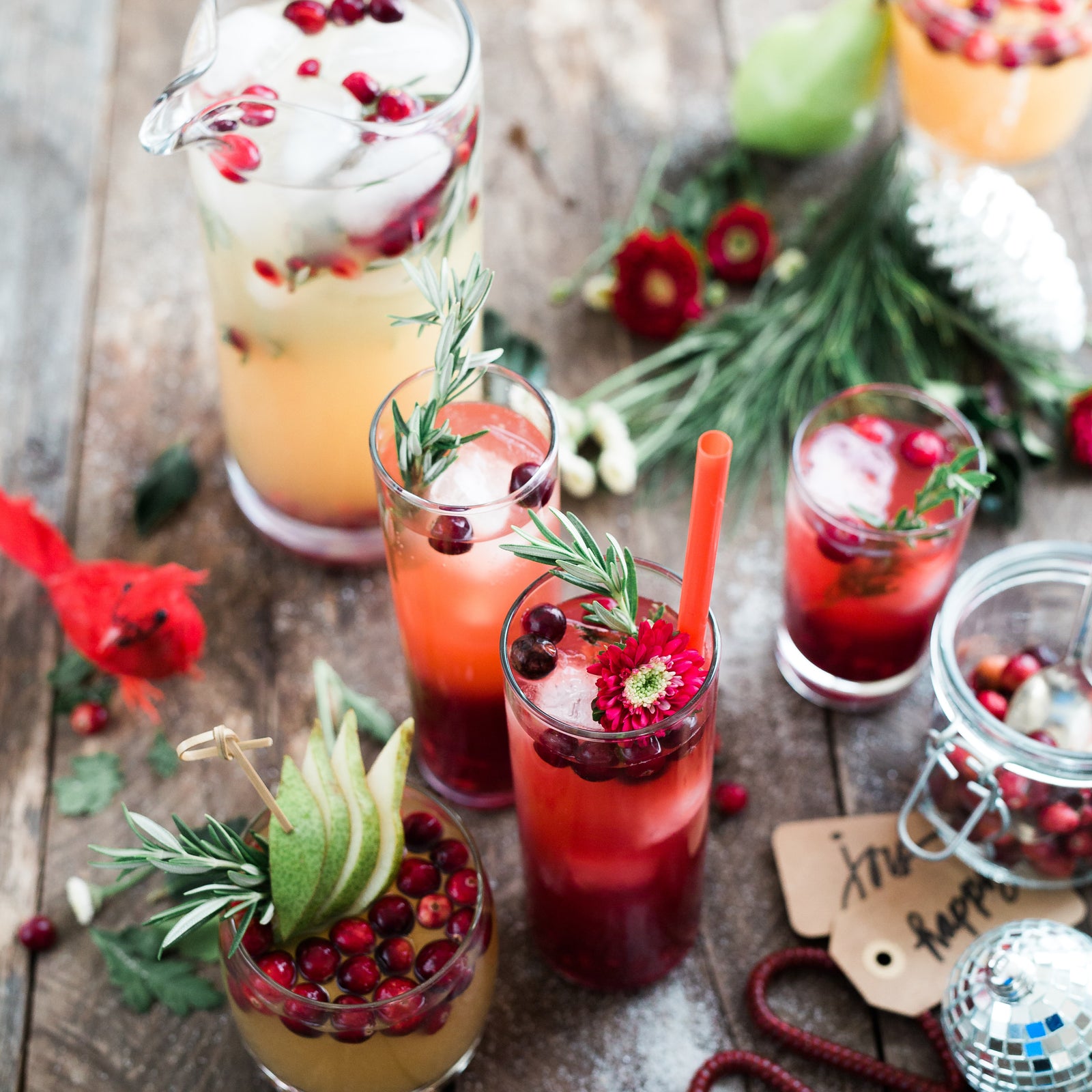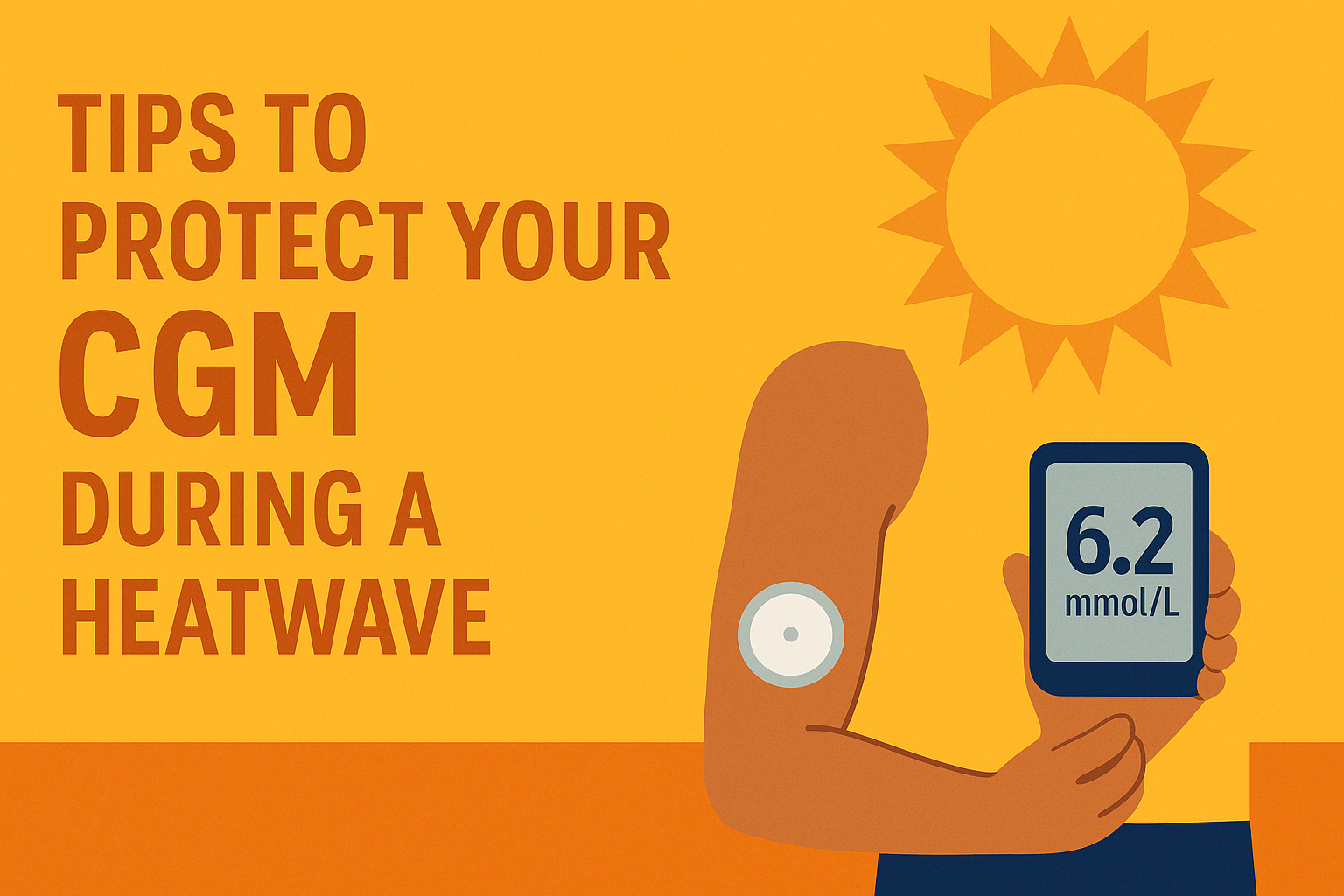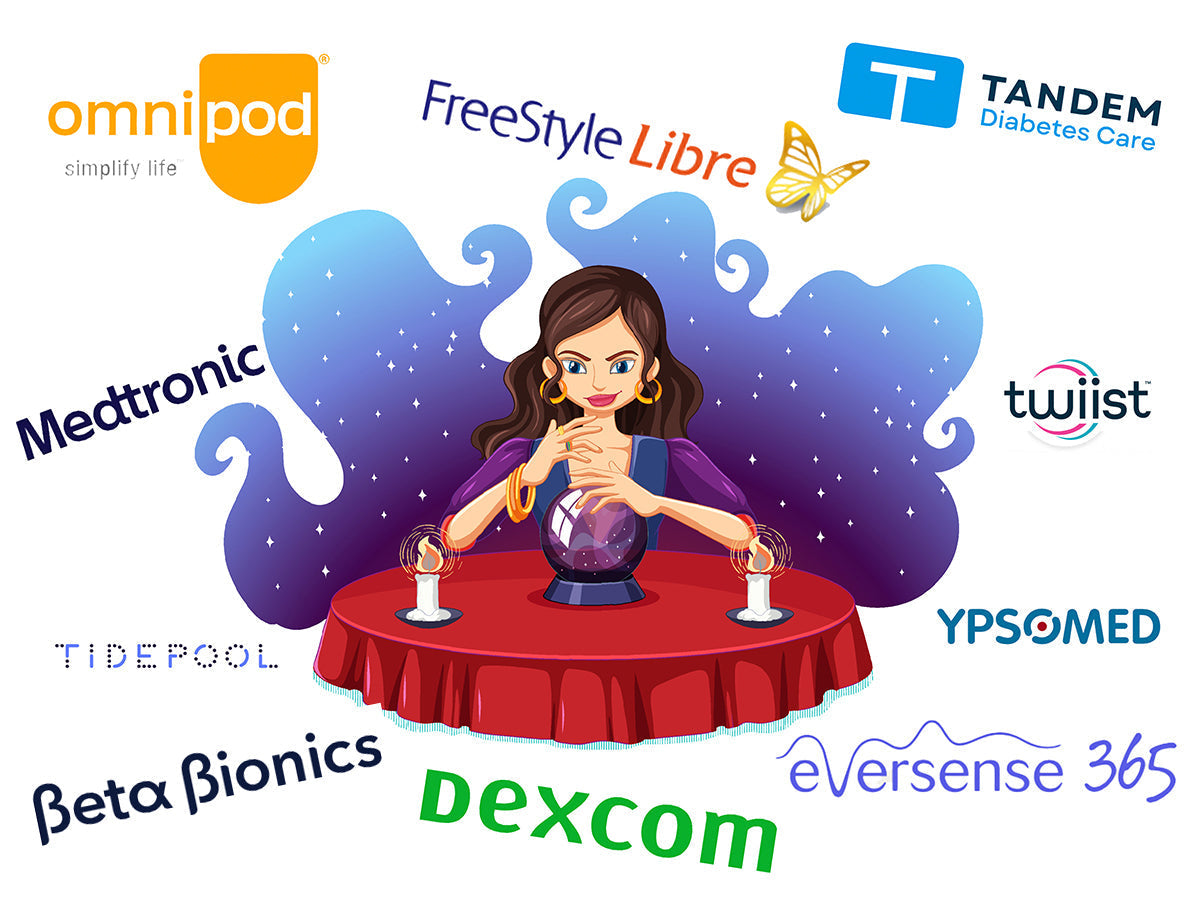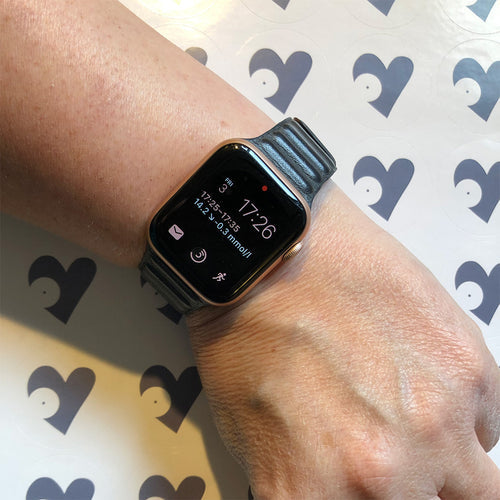
| Blogs and publications on this website are independent of any involvement by medtech companies or diabetes related charities. To ensure there is no bias, we do not accept any products, freebies or other material from any medtech provider. All materials are copyright©️Love My Libre Ltd. |
***
Article updated December 2021.
This blog gives you our top 6 tips for T1Ds eating and drinking at Christmas.
'Tis the season to be jolly'
The Christmas season usually brings lots of opportunities for eating and drinking – often to excess and although many of us won’t be eating out or able to go to the pub this year, that doesn’t mean that we won’t be celebrating Christmas with drinks and festive food.
Whilst some of the advice applies across the board, for those with diabetes there are some special considerations when we’re drinking alcohol and this article highlights these with tips for managing the alcohol and carbohydrates that some of these contain.
What is alcohol doing to my body?

The most important fact to know in relation to diabetes is that the liver will process alcohol in preference to regulating blood glucose, its usual function. It cannot do both at the same time.
How quickly we absorb alcohol depends on a number of factors, so will affect our levels:
- The concentration of alcohol in the drink, so look at the % of alcohol and the higher this is the faster it’s likely to be absorbed – potentially putting a strain on the liver;
- If the drink is fizzy i.e. carbonated, then it will also be absorbed much quicker than non-sparkling drinks;
- Whether the stomach is actively digesting carbohydrates i.e. food, which will slow down the absorption of alcohol.
TIP #1 Pace your drinking so to slow down the absorption of alcohol into the bloodstream.
Before you start
It’s important to establish your starting point and the Libre sensor makes this so much easier so make sure you scan before you start drinking. If your levels are low you may then need to account for this with eating a meal or snack. Even if calculating carbs for the alcohol, consider delaying the adjustment for this or split the dose over the period of time you’ll be drinking.
TIP #2 Before drinking, scan to check if you’re already at the lower end of your range. Consider eating something.
Eating to avoid the hypo

The digestion of food will slow down the rate at which alcohol is absorbed into the blood stream – and don’t forget it will take another 5-10 minutes to reach the interstitial fluid which is what your Libre sensor is reading. Eating will therefore slow down the liver’s processing of alcohol which could help to prevent you from having a hypo or reduce its severity.
TIP #3 Avoid drinking alcohol on an empty stomach.
Long lasting effects
Alcohol has a long-lasting effect on glucose levels and can impact your readings for 12-24 hours after being consumed.
It’s always good to have alcohol-free days so that blood glucose has a chance to stabilise, for one reason, but if you are drinking on consecutive days over the Christmas period then be sure to follow to pay more attention to glucose levels at frequent intervals.
TIP #4 After drinking alcohol, scan more frequently for the next 24 hours and make corrections as appropriate.
When to scan
The Libre sensor is even more a key tool to managing glucose levels when drinking. The ability to see your levels at any time should help to make drinking alcohol ‘safer’ for for those with diabetes.
What’s the limit?
For type 1s there’s no specific recommendation as to how many units of alcohol are safe to drink. The recommendation in the UK is up to 14 units of alcohol per week and this applies to both male and female drinkers.
The surprising fact is how much (or little!) is one unit.

What to drink
It follows logic that the sweeter the drink, then generally it will contain more sugar and so is more likely to cause a spike in glucose levels.
Wine and fizz
Wines contain a significant amount of sugar although the amount reduces the drier the type. Dry wines such as chardonnay or dry versions of Sauvignon Blanc and Pinot Grigio should have less effect on glucose levels than Riesling wines, sherry or dessert wine.
Dry wine, brut champagne or Prosecco will usually have around 1-2g of carbohydrates per medium-sized glass. A medium wine will have 5-10g of carbohydrates and a sweet wine generally has more than 10g of carbohydrates.
Port and Sherry are fortified wines which are sweet and heavy, often containing over 20g of carbohydrates per small glass.
Beer
Beers typically contain around 10-15g of carbohydrates per pint and 'light' beers will have less.
Stout and Guinness are heavier in terms of carbohydrate content and you should account for at least 20g per pint.
Real ales and pale ales usually have between 10-20g per pint, although these vary considerably and may contain more sugar if sweet flavourings are used.
Spirits
Distilled spirits such as vodka, gin, rum or whiskey generally do not contain sugar so alone will not raise glucose levels, however, as these are often drunk with mixers, you need to consider the overall drink content and calculate the carbohydrates based on this. It's important to ensure that if asking for a 'diet' mixer that this is the one provided with the drink.
Liqueurs
Liqueurs can contain as much as 10-20g of carbohydrates per shot but vary considerably and you should check the content before drinking these so ensure you can make suitable adjustments to your regimen,
Drinking buddies

Ensure that you tell your family or friends that you'll be drinking and how they can help you if needed. Remember that a hypo can be confused with being drunk!
TIP #5 When going out drinking, keep your medical details and diabetes kit handy in case of emergency and ensure someone knows how to handle such a situation.
Handling a buffet

Often a buffet can offer lots of delicious food high in carbohydrates - don't forget that breaded and battered foods will have carbs and you may also need to take into account your protein intake. Then, quite often, you will see an array of sauces and dips etc which may also affect glucose levels. Given that we tend to 'graze' when there's a buffet, it's easy to see why giving the appropriate dose of insulin can be (even more) tricky than usual.
TIP #6 When eating at a buffet, one way to try to balance your carbs and insulin is to take a look at what's on offer, then bolus for it and choose foods that equate to the insulin, as best as you can.
If your eating over a longer period, another suggestion would be to split your bolus doses - in a similar way that you may do if eating pizza.
Dancing the night away

Don't forget if you're dancing then that counts as exercise and you will need to factor that into your party plans.
TIP #7 When drinking and dancing remember that you'll probably need more carbohydrates and less insulin. Your glucose levels can drop quite quickly. It's a good idea to ensure that someone you are with knows how to deal with things in the event that you have a hypo.
I hope these tips are useful and do comment below if you have any tips to share. Good luck with keeping in your zone and enjoy the festivities 🎄🌠
__________________________________________
Disclaimer
Love My Libre is not associated or affiliated with Dexcom, Abbott or FreeStyle Libre. Content here and on our website www.lovemylibre.com does not constitute medical advice or replace the relationship between you and healthcare professionals nor the advice you receive from them.
The author of this blog has type 1 diabetes and uses the FreeStyle Libre 2 which is provided on NHS prescription.
FreeStyle Libre is a registered trademark of Abbott Diabetes Care Inc.
Dexcom and Dexcom G6 are registered trademarks of Dexcom Inc.
__________________________________________





Leave a comment (all fields required). Please note, we are unable to respond to individual comments posted here.